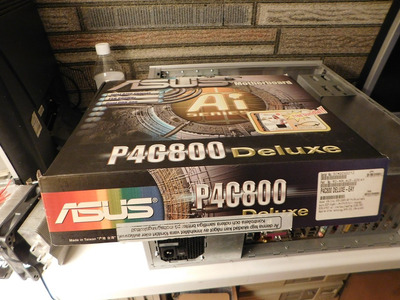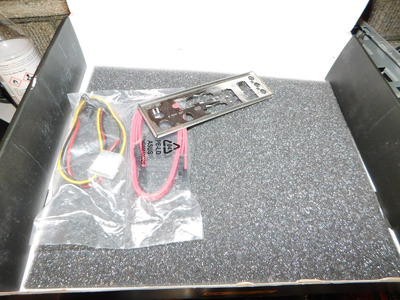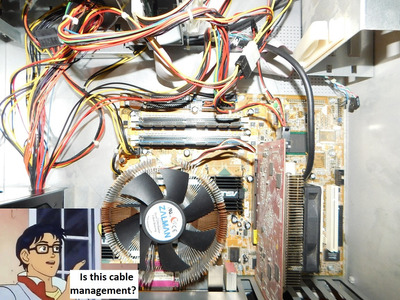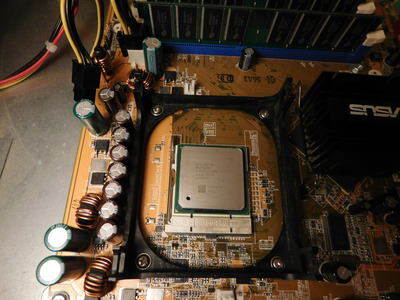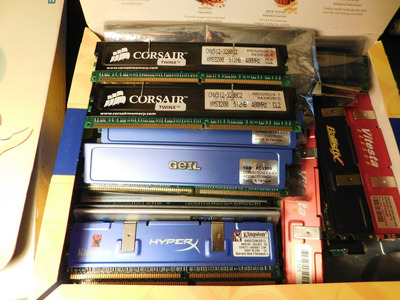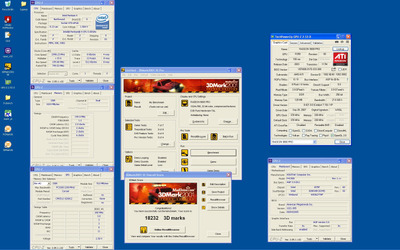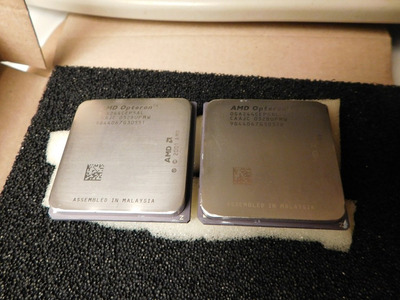agent_x007 wrote on 2023-04-29, 12:25:
Have a nice comparison (K8 vs. Zen4 + Prescott vs. Golden cove [a.k.a. Alder Lake P-Core]) 😀
Source : https://chipsandcheese.com
arch.png
Nice comparison! Things are indeed getting wider.
It can't be all fat in Golden Cove as I'm very happy with my 12900k that I bought on launch day. The small cores have (of course) been disabled so the cache can run at 4.7GHz with the P cores @5GHz, both at less than 1.2v. This big little crap can stay in laptops. I have a "hacked" Xeon E5-2696v3 18-core on a Rampage V doing 3350MHz (33x101.5) on heavy 36 thread loads with tight 2133 11.11.11 memory. The 12900K using only its 8 P-cores @5GHz beats the turbo hacked Xeon in many well threaded benchmarks. We are finally seeing progress! Thanks AMD! Thanks ARM!
.
.
I have finally done some testing with a stock Opteron 244 with the Radeon 9800 Pro.
.
The Opteron 244 gets beaten in PCMark05 as expected.
.
In 3DMark 2001 the Opteron 244 comes close enough to hint that a faster clocked part would be... fast.
.
In 3DMark03 the Opteron 244 gets beaten by a reasonable margin.
.
In 3DMark05 the result of the Opteron 244 is a bit worse than I would have expected.
.
In 3DMark06 on the other hand the Opteron 244 beats the P4 3.0C by a large margin.
.
.
I will add more benchmarks later.
At some point in the future after benchmarking a few more systems the results will be presented in a moderately more practical fashion.
[EDIT] Updated the results with a bit more representative (closer to expected) scores. [/EDIT]
New PC: i9 12900K @5GHz all cores @1.2v. MSI PRO Z690-A. 32GB DDR4 3600 CL14. 3070Ti.
Old PC: Dual Xeon X5690@4.6GHz, EVGA SR-2, 48GB DDR3R@2000MHz, Intel X25-M. GTX 980ti.
Older PC: K6-3+ 400@600MHz, PC-Chips M577, 256MB SDRAM, AWE64, Voodoo Banshee.
